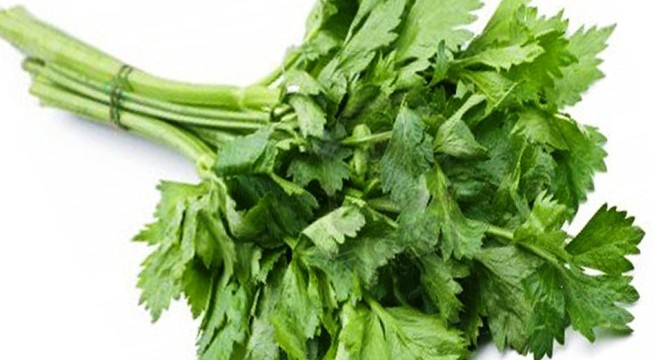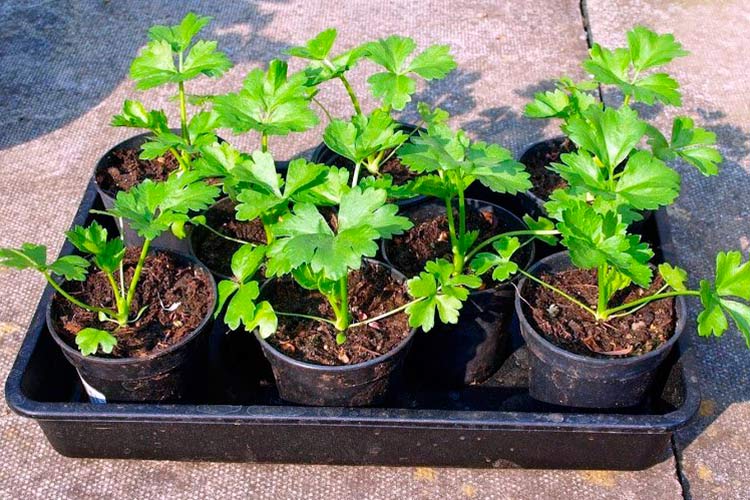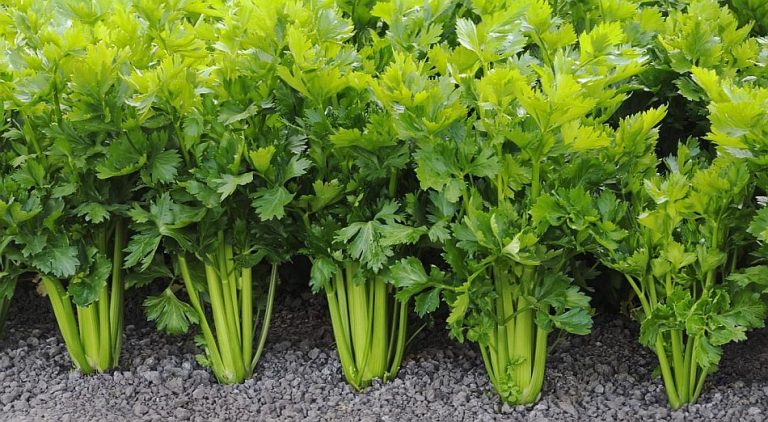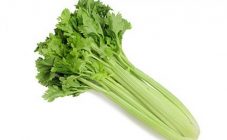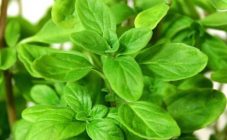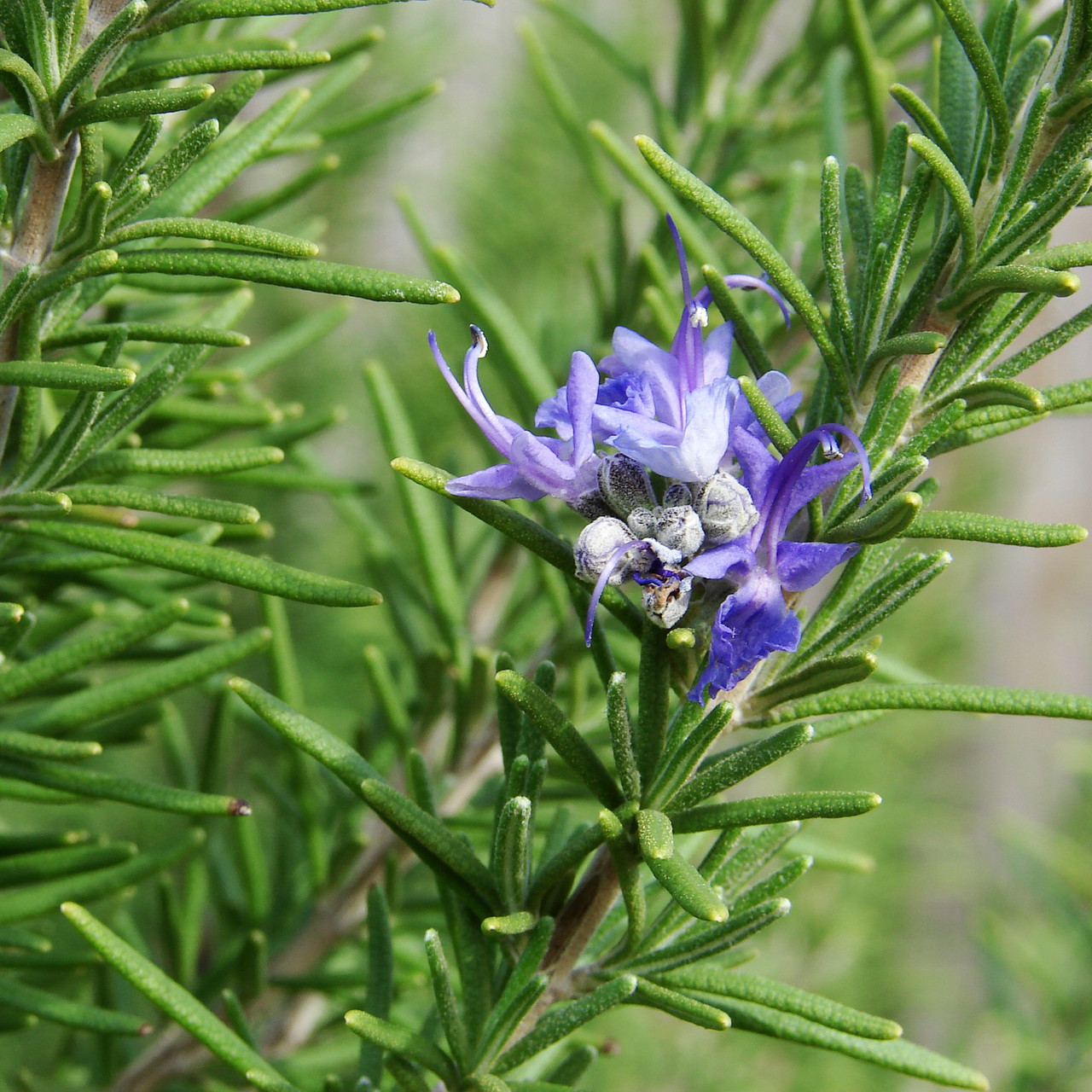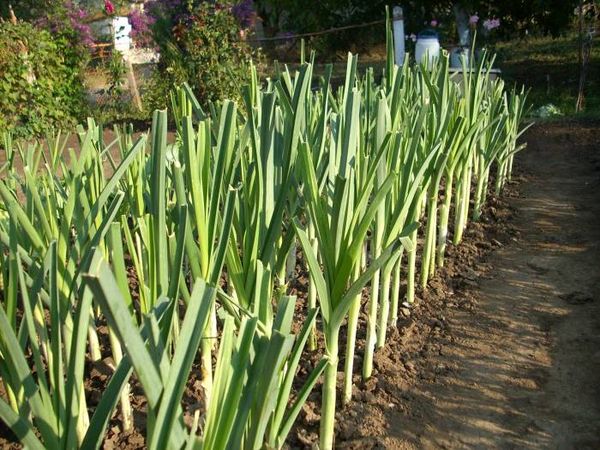Content:
Leaf celery became widespread in Russia 7-8 years ago, after agricultural technicians discovered many useful properties that it possesses. This agriculture has been known in the world for a very long time. In ancient Greece, wreaths were made from leaf celery for the winners of the Isthmian Games. And in the Russian outbacks, celery was hung over the door along with garlic. In addition to the pleasant smell that filled the house, according to legends, celery leaves brought happiness and protected the home from evil spirits. The name came to us from France, where this crop is called celery.
Celery is an unpretentious plant. It can be grown anywhere in Russia. The cultivation of leafy celery should not cause any difficulties. The plant is two years old, but the crop can be harvested in the first year of growing. In the second year, you can collect seeds.
Celery has a rich vitamin and mineral composition. Thanks to this composition, the plant used for food has a positive effect on many systems and organs of the human body:
- Strengthens the walls of blood vessels;
- Improves the functioning of the gastrointestinal tract;
- Improves the functioning of the genitourinary system;
- Relieves nervous disorders;
- Removes inflammatory processes in the body, etc.
Several varieties of leaf celery have been developed in Russia:
- Cheerfulness;
- Athena;
- Zakhar;
- Sail;
- Kartuli, etc.
New varieties of leafy celery are developed annually as they provide tremendous health benefits. It is added to various salads, soups, vegetable stews; these dishes acquire a rich characteristic celery smell. On the Internet, you can find many recipes for cooking with the addition of celery.
Leaf celery has a lot of advantages, the main of which are high yields and a healthy fortified composition. Also, the advantages include the fact that it is resistant to frost, unpretentious to care for.
Reproduction of leaf celery
Agriculture reproduces in the second year after planting seedlings. Many agricultural technicians do not seek to propagate the culture with seeds, since this is a troublesome business, therefore they adhere to breeding by planting seedlings in the ground.
Sowing celery with seeds
In order to grow leafy celery from seeds, you need to know some of the nuances. Before planting seeds, it is recommended to soak them for several days in a weak solution of potassium permanganate. It is a growth promoter for celery seeds. Before sowing seeds in open ground, they are thoroughly dried and mixed with sand, in a ratio of 1 to 8. This is done in order to simplify the planting process. Seedlings do not appear very quickly. You can wait for them for 20 days. The beginning of the planting period is the first decade of April. But it is recommended to look at the temperature regime. The soil temperature should not fall below 10 degrees Celsius.
Planting leafy celery seedlings
Most often, leaf celery is planted in open ground in a seedling way, because it is impossible to obtain uniform germination through sowing with seeds. And when planting seedlings from the bushes, you can choose approximately the same.
To obtain seedlings, the seed is prepared in the same way as for seed planting in a permanent place. The end of winter is a great time to plant celery for seedlings. When to sow seeds, in what decade of February, it is best to determine using weather conditions.It is recommended to plant on a sunny day, then when watering the plant adapts better to the soil and other conditions. You can store containers with seedlings of leaf celery at home on the balcony or on the windowsill in the apartment.
The correct way to plant seeds for seedlings is that the seed should not be covered with a thick layer of soil. Celery is very photophilous, and it can only germinate after receiving enough light. Seeds will germinate better when creating a greenhouse environment. To do this, it is enough to cover the seedling containers with foil or special agrofibre. The temperature under the film should not drop below 18 degrees. With proper care, the first leaves should appear in 14 days. After the first shoots appear, the greenhouse effect must be eliminated. Now the temperature regime should fluctuate between 14-16 degrees. It is advised to dive celery after 2 leaves appear. After it became noticeable that the plants have grown stronger, they can be transplanted into open ground.
This happens approximately in the first ten days of May. The soil temperature should not drop below 10 degrees. Also, before planting, some gardeners recommend leaving containers with seedlings in the open air. This makes it possible for plants to quickly adapt to the growing conditions in the garden plot.
The soil should be prepared before planting celery seedlings in it. To do this, it is dug up, updated and fed. The soil can be fed with superphosphate. It's a good idea to add compost or humus, and a couple of weeks before planting, the land needs to be fed with nitrophos. After that, the greens will grow stronger and denser.
It is advisable to know what kind of agricultural crops were grown in this place, since celery will not grow well on the ground in which parsley, parsnips or dill were previously grown. Agriculture does not like high acidity, so acidic soil will need to be diluted. For this, lime mortars are used. It is best to plant early in the morning. The weather should not be sunny. This will allow the plant to avoid stress. The sprouts are planted at a good distance from each other. This will create a favorable environment for the celery leaves to receive sunlight evenly. It also protects plants from pests. The minimum distance should be about 10 cm. In the row spacing, a distance of 40 cm is allowed. After planting, the seedlings must be watered.
Leaf celery care
Caring for this crop means constant cultivation, weeding and watering. Care must be taken to ensure that no hard crust develops on the soil surface. It is better to water a little, but often. The plant requires good watering in the case of cutting young greenery. Celery should be fed twice. The first time - a week after planting, and the second time - three weeks after the first feeding. Fertilizers should include potassium salts and ammonium nitrate. Also, for the entire growth period, you need to feed the soil with fertilizers from bird droppings once. Another prerequisite for a good harvest of leafy celery is a sunny location.
Leafy celery is afraid of pests such as slugs, carrot flies and snails. To protect plants from pests, shops sell special mixtures that are diluted with a certain amount of water. The plant is sprayed with this solution and then watered immediately, so that there are no traces left on the celery leaves.
It is recommended to pay attention to the state of the greenery of the plant. If celery leaves turn yellow and begin to dry out or curl, you should check them for diseases such as:
- Rot;
- Viral mosaic;
- Blackleg.
In order to prevent these diseases, which bring great harm to the greenery of the plant, celery needs careful thinning. Also, such care will ensure the juiciness and aroma of the leaves.
Observing these simple conditions, even an inexperienced gardener can get a rich harvest of delicate and healthy greens.
Harvesting the leaf celery
Leafy celery is considered a high-yielding crop. Celery is harvested in late August. You must not miss the time when the foliage begins to coarse. Celery, which grows taller than 20 cm, begins to taste bitter in its stems. The leaves are cut with a sharp knife. Then they can be added to various dishes, used as the main seasoning, when cooking for people with diabetes, frozen, etc.
This agriculture is able to increase immunity and protect against many diseases. She will grow while providing her with the minimum living conditions. Knowing the technique of planting and care, any amateur gardener can get a large harvest of leaf celery.
